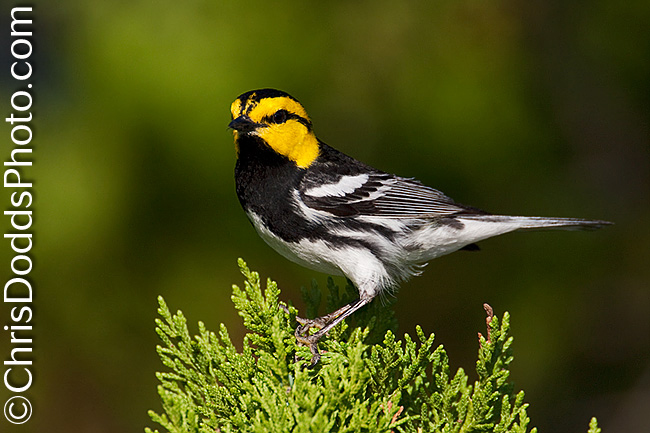
Northern Gannets Fencing, Morus Bassanus, Fou de Bassan Bonaventure Island, Quebec ©Christopher Dodds www.chrisdoddsphoto.com Canon EOS 1DsMKIII, 500mm F4 Lens Wimberley Head and Gitzo Tripod ISO 250, F14, 1/200s Manual, Canon 580EXII Flash in manual; full power with LumiQuest SoftboxIII
I first started to use the LumiQuest softbox III during winter owl excursions, and just like in the studio, using a softbox enlarges and softens the light source producing lovely, evenly lit images. It's important to note that this softbox cuts the light output of your flash by 3 stops, so you have to be quite close to your subject.

Northern Gannet BIRD OF A FEATHER, Morus Bassanus, Fou de Bassan Bonaventure Island, Quebec ©Christopher Dodds www.chrisdoddsphoto.com Canon EOS 1DMKIII, 70-200mm F2.8 Lens @ 200mm ISO 400, F4.5, 1/2000s Manual, Canon 580EXII Flash full power manual.
Using manual exposure ensures success while photographing birds in flight against changing backgrounds.

Northern Gannet VICTORY LANDING, Morus Bassanus, Fou de Bassan Bonaventure Island, Quebec
©Christopher Dodds www.chrisdoddsphoto.com
Canon EOS 1DMKIII, 70-200mm F2.8 Lens @ 200mm
ISO 400, F4.5, 1/2000s Manual, Canon 580EXII Flash full power manual.
Northern Gannet Landing with Seaweed, Morus Bassanus, Fou de Bassan Bonaventure Island, Quebec
©Christopher Dodds www.chrisdoddsphoto.com
Canon EOS 1DMKIII, 300mm F2.8 Lens
ISO 250, F4, 1/1600s Manual, Canon 580EXII Flash full power manual with Better Beamer.
The first three June workshops were a huge success, thanks to a great attendees and cloudy bright conditions for most of our days. We've had cold, rainy days, but that hasn't stopped us from having a great time making some amazing images. I know the workshops are going well when I see attendees making images that I would love to have in my collection. The colony is in fine shape, and there has been another noticeable population increase. There are many more birds populating the "Gannet Crossing" and the staff continues to do amazing work. I've been here more times than I can remember and still had some of the most productive photography ever. The images in this post were created (with many other keepers) during a two hour window on Monday, June 8, 2009. The last two outings in the Zodiac were a dream; flat water, golden light and many Gray Seals, Razorbills, Common Murres, Black-Legged Kittiwakes to photograph - Did I mention the Gannets? (smile).
I've enjoyed a day off and got caught-up with emails, this blog and phone calls today, and just gave the introductory slide show to the last group. The forecast is mixed sun and cloud in the morning, followed by rain and cloud on Saturday and Sunday, so I'm looking forward to another productive workshop.



























